Halloween Movies And TV Shows
Halloween Scare Fest
Halloween is more than costumes and candy—it’s a cultural ritual shaped by storytelling. Each October, audiences around the world gravitate toward films and television shows that evoke mystery, fear, and transformation. These stories reflect the emotional rhythms of the season: darkness, change, and catharsis. Genres like horror, fantasy, and gothic drama dominate viewing habits during this time, offering a safe space to confront fear and celebrate imagination. From haunted houses and supernatural thrillers to eerie comedies and animated specials, Halloween media has become a cornerstone of seasonal tradition.
Scary Halloween Movies And TV Shows – Which One Is Your Favourite In 2025
Wednesday – The Cult Classic That Owns Halloween 2025
By 2025, Wednesday has transcended its status as a breakout hit and cemented itself as a Halloween essential. Originally premiering in late 2022, the Addams Family spinoff starring Jenna Ortega as Wednesday Addams quickly became one of Netflix’s most-watched series of all time. But it’s the second season—released in two parts across mid and late 2025—that has elevated the show to cult classic territory.
Season 2’s release strategy, split into two bingeable drops, kept the show at the top of global streaming charts for weeks. It dominated Netflix’s Top 10 in nearly every region, with only a few exceptions in East Asia. The show’s blend of gothic aesthetics, supernatural mystery, and deadpan humor has struck a chord with audiences across generations. Wednesday’s character—equal parts emotionally detached and fiercely loyal—has become a Halloween icon, inspiring costumes, makeup tutorials, and themed parties worldwide.
The second season deepened the lore of Nevermore Academy, introduced new supernatural factions, and featured a guest appearance by Lady Gaga, whose role added theatrical flair and expanded the show’s cultural reach. Critics praised the season for its sharper writing, richer world-building, and more emotionally resonant character arcs. With an 84% critic score and surging audience engagement, Wednesday is now more than a show—it’s a seasonal ritual.
Halloween 2025 sees Wednesday everywhere: curated playlists, costume contests, pop-up haunted installations, and editorial spreads. Its visual language—black lace, moonlit woods, Victorian dormitories—has become shorthand for spooky sophistication. The show’s multicultural cast and inclusive storytelling have also broadened its appeal, making it a global phenomenon.
In a landscape crowded with horror anthologies and supernatural dramas, Wednesday stands out for its clarity of tone and iconic lead. It doesn’t just borrow from Halloween—it defines it. And as October unfolds, one thing is clear: Wednesday isn’t just part of Halloween 2025. It is Halloween 2025.
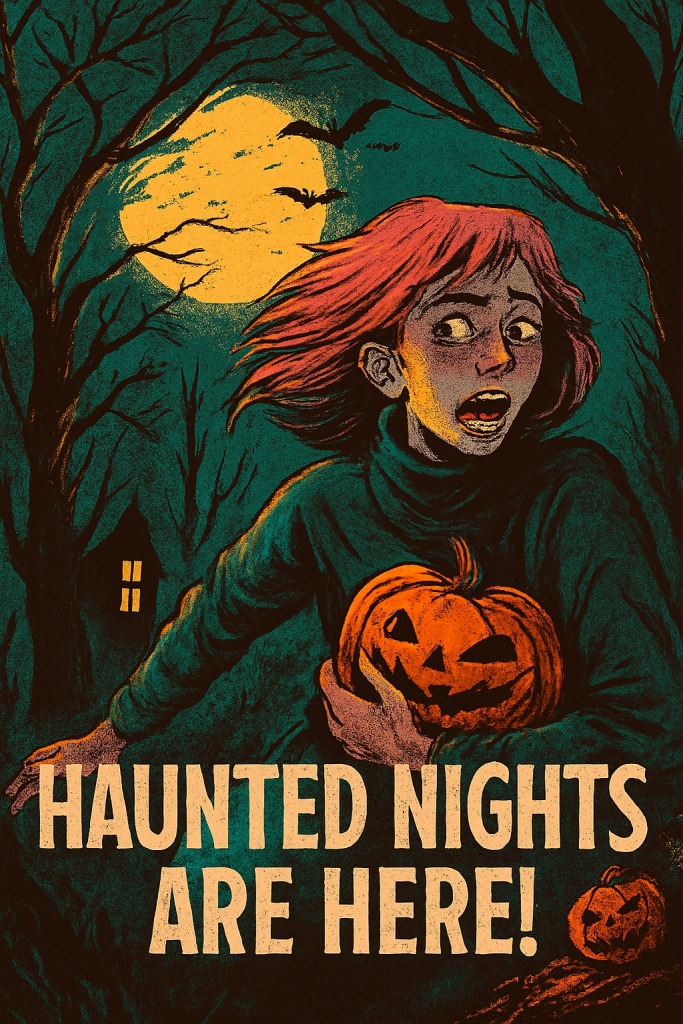
Hocus Pocus – From Box Office Flop to Seasonal Icon
Released in 1993 by Walt Disney Pictures, Hocus Pocus initially underperformed at the box office. Directed by Kenny Ortega, the film stars Bette Midler, Sarah Jessica Parker, and Kathy Najimy as the Sanderson sisters—three resurrected witches seeking immortality in Salem, Massachusetts. Blending comedy, fantasy, and mild horror, the film gained cult status through cable reruns and home video in the early 2000s. Today, it’s a centerpiece of Halloween programming across multiple networks and streaming platforms. Its sequel, released in 2022, introduced the story to new audiences and reinforced its status as a family-friendly seasonal staple.
The Nightmare Before Christmas – Dual-Season Masterpiece
Premiering in 1993, The Nightmare Before Christmas was produced by Tim Burton and directed by Henry Selick. Using stop-motion animation, the film tells the story of Jack Skellington, the Pumpkin King of Halloween Town, who discovers Christmas and attempts to merge the two holidays. With gothic architecture, twisted landscapes, and a haunting score by Danny Elfman, the film explores themes of identity, longing, and cultural transformation. Its dual-season appeal makes it a fixture in both October and December, and its cult status continues to grow through merchandise, screenings, and fan communities.
Scream – Meta Horror for a New Generation
Scream, released in 1996, revitalized the slasher genre with self-aware storytelling. Directed by Wes Craven and written by Kevin Williamson, the film blends satire with genuine suspense. Neve Campbell stars as Sidney Prescott, a teenager targeted by a masked killer known as Ghostface. The film references horror tropes while breaking them, creating a layered viewing experience that appeals to both traditional horror fans and genre-savvy audiences. Its success led to multiple sequels and a television adaptation, and it remains a Halloween favorite for its iconic mask, party scenes, and commentary on media and identity.
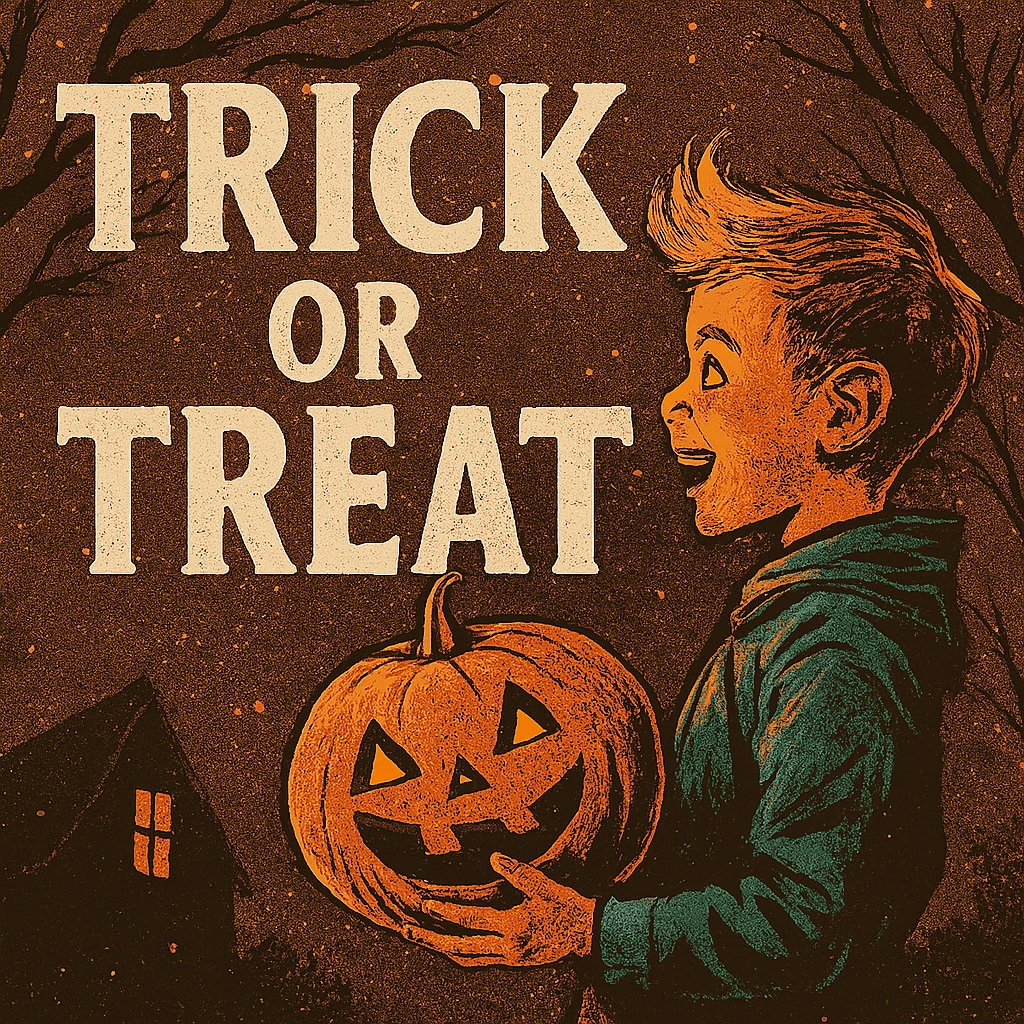
Halloween – The Blueprint of Slasher Cinema
John Carpenter’s Halloween, released in 1978, is widely regarded as the film that defined the slasher genre. With a budget of just $300,000, the film introduced Michael Myers—a masked killer who escapes from a sanitarium and stalks babysitters in Haddonfield, Illinois. Jamie Lee Curtis made her film debut as Laurie Strode, the archetypal “final girl.” The film’s minimalist score, composed by Carpenter himself, heightens the tension and dread. Its success spawned a franchise that continues to this day, and the original remains a staple of Halloween viewing for its suspenseful pacing and iconic imagery.
It – Fear and Friendship in Derry
Stephen King’s It was adapted into a two-part film series released in 2017 and 2019. Directed by Andy Muschietti, the story follows a group of children confronting a shape-shifting entity that takes the form of Pennywise the Dancing Clown. Set in the fictional town of Derry, Maine, the films explore trauma, memory, and the power of friendship. With surreal visuals and emotionally charged storytelling, It became one of the highest-grossing horror franchises of all time. Though not set on Halloween, its tone and themes align perfectly with the season’s fascination with fear and transformation.
The Conjuring – Supernatural Horror Rooted in Real Cases
Released in 2013 and directed by James Wan, The Conjuring is based on the real-life investigations of Ed and Lorraine Warren. The film follows the Perron family as they experience terrifying paranormal events in their Rhode Island farmhouse. With restrained use of visual effects and a focus on atmosphere, The Conjuring reinvigorated supernatural horror and launched a cinematic universe that includes Annabelle, The Nun, and The Curse of La Llorona. Its success lies in its blend of historical detail, emotional stakes, and expertly crafted scares, making it a go-to choice for Halloween horror marathons.
Trick ‘r Treat – Interwoven Tales of Halloween Night
Directed by Michael Dougherty and released in 2007, Trick ‘r Treat is an anthology film set entirely on Halloween night. It features interconnected stories involving werewolves, ghosts, serial killers, and a mysterious child named Sam who enforces Halloween traditions. The film emphasizes costumes, candy, jack-o’-lanterns, and the darker origins of the holiday. With warm autumn colors and stylized gore, it gained cult status through home video and seasonal screenings. Trick ‘r Treat is praised for its balance of humor, horror, and folklore, and remains a favorite for fans of anthology storytelling.
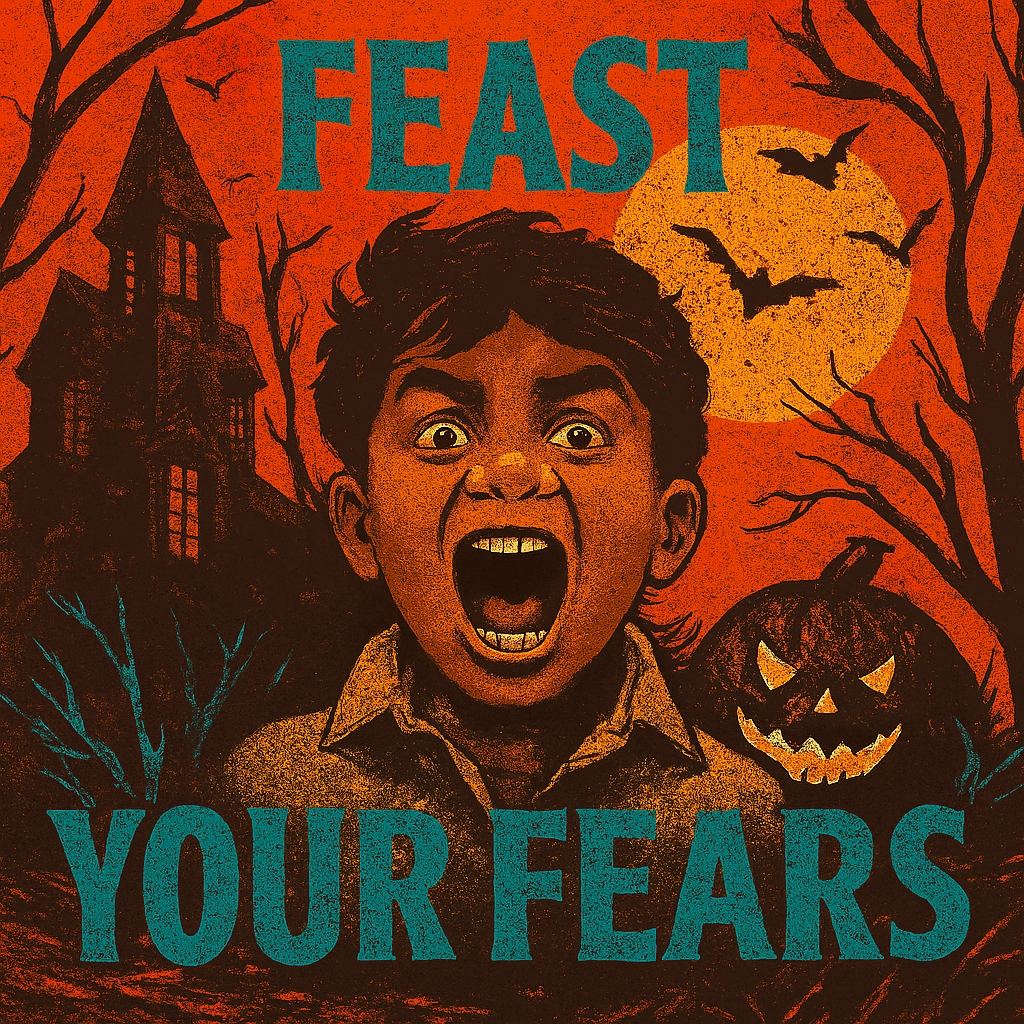
The Exorcist – Psychological and Spiritual Terror
Released in 1973 and directed by William Friedkin, The Exorcist is based on the novel by William Peter Blatty. The film follows the possession of a young girl and the efforts of two priests to exorcise the demon. With groundbreaking special effects and a deeply unsettling tone, it became one of the most influential horror films in history. Though not tied to Halloween directly, its themes of spiritual warfare and psychological trauma make it a powerful seasonal watch. The film’s legacy includes sequels, a television adaptation, and ongoing debates about its cultural and religious impact.
The Addams Family – Gothic Humor and Family Values
The 1991 film adaptation of The Addams Family, directed by Barry Sonnenfeld, brought Charles Addams’ cartoons to life with Anjelica Huston, Raul Julia, and Christina Ricci. Centered on a macabre but loving family navigating modern society, the film blends horror tropes with domestic comedy. Its mansion setting, eccentric characters, and deadpan humor make it a perennial Halloween favorite. The success of the film led to sequels, animated reboots, and the recent Wednesday series, which further explores the gothic aesthetic and themes of outsider identity.
Beetlejuice – Theatrical Chaos and Gothic Comedy
Directed by Tim Burton and released in 1988, Beetlejuice tells the story of a recently deceased couple who hire a mischievous ghost to scare away new homeowners. Michael Keaton’s performance as Beetlejuice is chaotic and unpredictable, while Winona Ryder’s portrayal of Lydia adds emotional depth. The film’s surreal sets, exaggerated makeup, and stop-motion effects create a unique visual experience. With themes of death, bureaucracy, and identity, Beetlejuice remains a Halloween staple for those seeking eccentric entertainment.
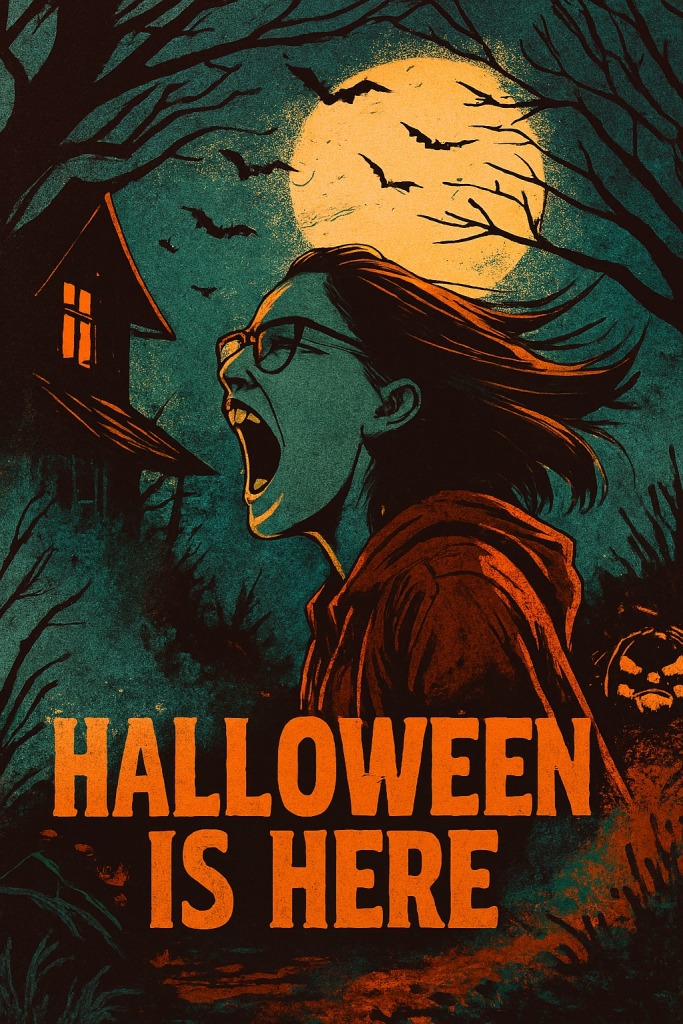
Coraline – Stop-Motion and Psychological Fear
Released in 2009 and directed by Henry Selick, Coraline is based on Neil Gaiman’s novella. It follows a young girl who discovers a parallel world that mirrors her own—but with sinister intent. Using stop-motion animation, the film creates a tactile, eerie atmosphere. Coraline’s journey explores themes of neglect, temptation, and autonomy. The Other Mother, a button-eyed antagonist, offers comfort with hidden costs. With its layered storytelling and surreal visuals, Coraline appeals to both children and adults and has become a modern Halloween classic.
The Craft – Teenage Witches and Power
The Craft, released in 1996, centers on four high school girls who form a coven and explore witchcraft. Directed by Andrew Fleming, the film blends teen drama with supernatural horror. Fairuza Balk, Robin Tunney, Neve Campbell, and Rachel True portray the central quartet, whose rituals include spellcasting and elemental invocations. The film gained cult status for its portrayal of outsider identity and female agency. With a moody aesthetic and themes of revenge and transformation, The Craft remains a seasonal favorite.
Sleepy Hollow – Folklore and Fear
Directed by Tim Burton and released in 1999, Sleepy Hollow adapts Washington Irving’s classic tale. Johnny Depp stars as Ichabod Crane, a constable investigating decapitations in a haunted village. With fog-drenched landscapes, candlelit interiors, and a haunting score by Danny Elfman, the film blends gothic horror with detective fiction. Christopher Walken’s portrayal of the Headless Horseman adds mythic presence. Sleepy Hollow reflects Halloween’s fascination with folklore and spectral justice, making it a visually rich and emotionally resonant seasonal watch.
Halloween TV Shows – Seasonal Series and Spooky Specials
Television plays a vital role in shaping Halloween traditions, offering serialized scares and festive episodes. Anthology series like The Twilight Zone and Tales from the Crypt laid the groundwork for episodic horror. Modern shows such as American Horror Story deliver season-long arcs with Halloween premieres and themes. Sitcoms like The Simpsons have annual Halloween specials—Treehouse of Horror—that parody horror and sci-fi. Streaming platforms now release limited series timed for October, blending mystery, folklore, and supernatural drama. Animated shows including Gravity Falls and Over the Garden Wall offer eerie storytelling for younger audiences.
Classic Halloween episodes from Buffy the Vampire Slayer, Sabrina the Teenage Witch, and Stranger Things. remain fan favorites. Reality competitions like Halloween Wars and Nailed It! showcase themed baking and costume design, adding a playful dimension to seasonal viewing. British series such as Inside No. 9 and Black Mirror explore psychological horror with eerie precision, often timed to coincide with autumn. Animated specials like Over the Garden Wall and Gravity Falls offer rich, folkloric storytelling that resonates with both children and adults. These shows contribute to Halloween’s emotional texture—ritual, suspense, and communal storytelling—making television as essential to the season as films and festivities.
Stranger Things – Nostalgia and the Supernatural
Stranger Things, created by the Duffer Brothers and released in 2016, blends 1980s nostalgia with supernatural horror. Set in the fictional town of Hawkins, Indiana, the series follows a group of children confronting interdimensional threats from the Upside Down. With references to Stephen King, John Carpenter, and classic arcade culture, the show captures the emotional tone of Halloween: fear, friendship, and transformation. Its Halloween-themed episodes, including Season 2’s costume party and ghost-hunting subplot, reinforce its seasonal appeal. The series is known for its synth-heavy score, vintage styling, and emotionally grounded characters, making it a modern Halloween essential.
Buffy the Vampire Slayer – Teen Angst Meets Gothic Combat
Premiering in 1997 and created by Joss Whedon, Buffy the Vampire Slayer follows a high school student chosen to battle vampires, demons, and other supernatural forces. Set in Sunnydale, California—home to a Hellmouth—the series combines horror, comedy, and coming-of-age drama. Halloween episodes like “Fear, Itself” and “Halloween” explore costume magic, haunted houses, and psychological transformation. Buffy’s character arc, from reluctant hero to empowered warrior, mirrors the season’s themes of identity and resilience. The show’s blend of gothic aesthetics and emotional depth makes it a perennial favorite for October binge-watching.
American Horror Story – Anthology of Fear
American Horror Story, created by Ryan Murphy and Brad Falchuk, debuted in 2011 as a horror anthology series. Each season explores a different theme—haunted houses, asylums, witches, freak shows, and cults—often premiering in October. The show’s Halloween episodes, especially in Season 1 (“Halloween Part 1 & 2”), delve into ghost lore and ritual. With stylized visuals, complex characters, and psychological horror, the series appeals to viewers seeking mature, layered storytelling. Its rotating cast and shifting narratives allow for fresh interpretations of fear, making it a dynamic part of Halloween television culture.
The Simpsons – Treehouse of Horror Legacy
Since 1990, The Simpsons has aired annual Halloween specials under the “Treehouse of Horror” banner. These episodes parody horror films, science fiction, and classic literature, often featuring alternate realities and supernatural twists. With over 30 installments, the series has become a Halloween tradition for families and animation fans. Its satirical tone and pop culture references offer a lighter take on seasonal storytelling. The specials are known for their creativity, humor, and occasional social commentary, making them a unique fixture in Halloween media.
Over the Garden Wall – Autumnal Mystery and Folklore
Released in 2014 as a ten-part animated miniseries, Over the Garden Wall follows two brothers lost in a mysterious forest called The Unknown. Created by Patrick McHale, the series blends American folklore, vintage animation styles, and melancholic music. Its themes include memory, fear, and redemption, set against a backdrop of falling leaves and twilight landscapes. Though not explicitly Halloween-themed, its tone and imagery align perfectly with the season. The show’s brevity and emotional resonance make it ideal for a single-sitting October watch, especially for viewers seeking poetic storytelling.
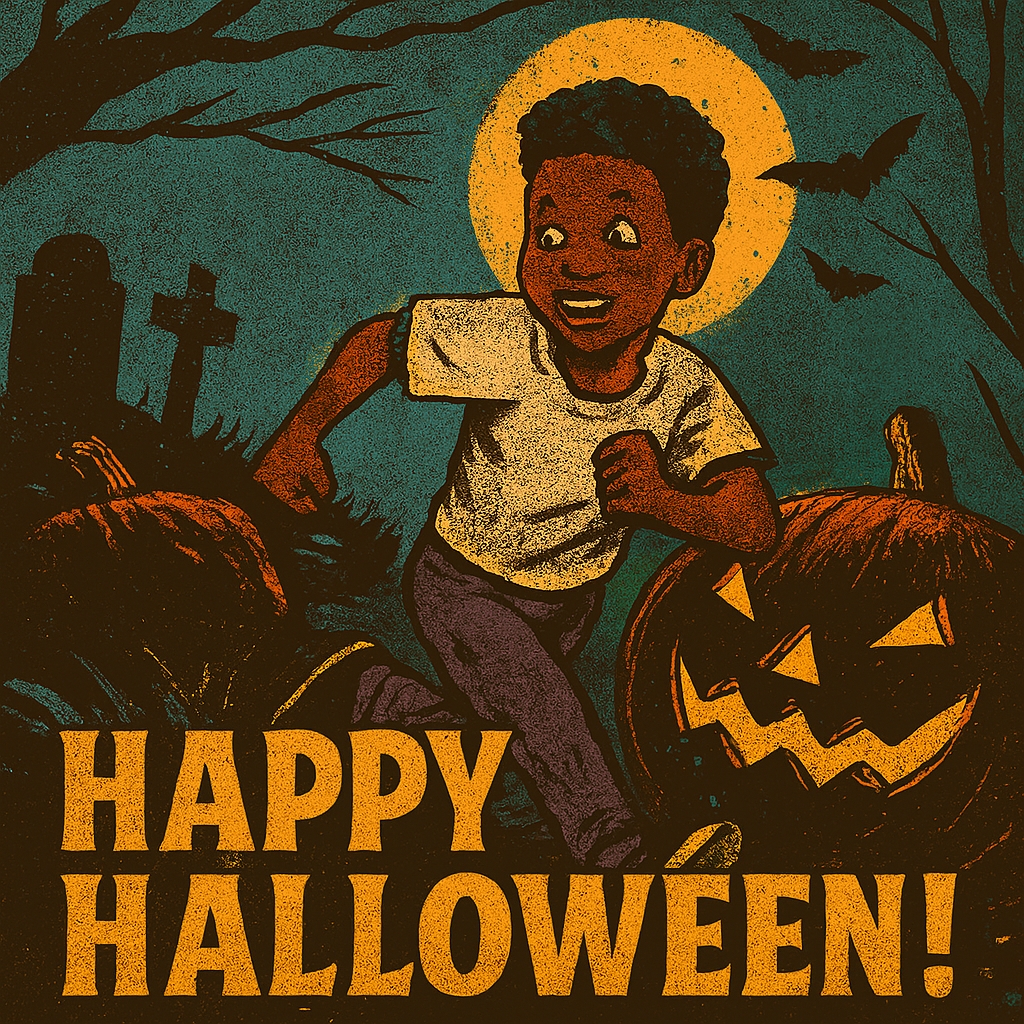
The Shining – Isolation, Madness, and the Haunted Mind
Released in 1980 and directed by Stanley Kubrick, The Shining is one of the most enduring psychological horror films associated with the Halloween season. Based on Stephen King’s 1977 novel, the film stars Jack Nicholson as Jack Torrance, a struggling writer who takes a job as winter caretaker of the remote Overlook Hotel. Accompanied by his wife Wendy (Shelley Duvall) and son Danny (Danny Lloyd), Jack’s descent into madness unfolds slowly, driven by supernatural forces and psychological unraveling.
The Overlook Hotel itself is a central character—its vast, empty corridors, impossible architecture, and eerie silence create a sense of claustrophobic dread. Kubrick’s use of long tracking shots, symmetrical framing, and unsettling sound design intensifies the feeling of isolation. The film’s score, composed by Wendy Carlos and Rachel Elkind, blends classical motifs with electronic dissonance, amplifying the tension.
Danny’s psychic ability, known as “the shining,” allows him to perceive the hotel’s dark history, including visions of murdered guests and the infamous Room 237. The film explores themes of domestic violence, addiction, and the fragility of sanity. Jack’s transformation from father to homicidal maniac is gradual and terrifying, culminating in the iconic line “Here’s Johnny!”—a moment that has become synonymous with cinematic horror.
Though Stephen King famously criticized Kubrick’s adaptation for deviating from the novel’s emotional core, the film has achieved legendary status. Its ambiguous ending, cryptic symbolism, and haunting imagery invite endless interpretation. The Shining is often screened during Halloween for its psychological depth, supernatural elements, and chilling atmosphere. It remains a cornerstone of horror cinema, offering viewers a slow-burning descent into madness that lingers long after the credits roll.
The Stephen King Effect on Halloween – Fear, Familiarity, and Cultural Ritual
Stephen King’s influence on Halloween is vast, enduring, and deeply embedded in how audiences experience fear during the season. With over 60 novels and hundreds of short stories, King has shaped the emotional and visual language of horror for nearly five decades. His work doesn’t just populate Halloween watchlists—it defines them. From haunted hotels and possessed cars to small-town evil and psychic children, King’s stories explore the psychological and supernatural dimensions of fear in ways that resonate with the rituals of October.
King’s narratives often center on ordinary people facing extraordinary terror. This grounding in realism—teachers, nurses, children, and working-class families—makes his horror feel personal and immediate. Films like Carrie, It, Pet Sematary, The Shining, and Misery are not just scary—they’re emotionally complex, exploring grief, trauma, addiction, and isolation. These themes mirror the introspective tone of autumn, when the world slows down and shadows lengthen.
During Halloween, King’s stories offer a kind of emotional map. It taps into childhood fears and the power of memory. The Shining explores madness and confinement. Carrie confronts bullying and vengeance. Pet Sematary asks what we would sacrifice to reverse death. These aren’t just scares—they’re moral and psychological dilemmas wrapped in horror.
Cinematically, King’s adaptations have become seasonal staples. The 1990 It miniseries and its 2017–2019 film reboot are frequently streamed in October. The Shining is screened in theaters and studied in film courses. Doctor Sleep, Gerald’s Game, and 1922 have extended his reach into modern streaming platforms. Even lesser-known adaptations like Salem’s Lot and The Mist find renewed interest during Halloween, when audiences seek atmospheric dread.
King’s effect also extends to television. Series like Castle Rock, The Outsider, and Mr. Mercedes bring his universe to serialized storytelling, allowing deeper exploration of his themes. His characters—often flawed, haunted, and morally conflicted—reflect the season’s emotional complexity. Halloween isn’t just about ghosts and gore; it’s about reckoning with the unknown. King’s work embodies that reckoning.
In essence, Stephen King has become a kind of literary architect of Halloween. His stories are not just consumed—they’re ritualized. They’re read aloud, watched in groups, quoted in costumes, and referenced in seasonal décor. His influence is not limited to genre fans; it permeates pop culture, shaping how we think about fear, memory, and morality. Every October, his legacy returns like clockwork—familiar, chilling, and profoundly human.
The John Carpenter Effect – Minimalism, Dread, and the Architecture of Fear
John Carpenter’s influence on Halloween is foundational, cinematic, and deeply psychological. His 1978 film Halloween didn’t just launch a franchise—it redefined how fear is constructed on screen. With a budget of $300,000, Carpenter created a film that stripped horror down to its essentials: silence, shadows, and inevitability. The result was a new kind of terror—one that didn’t rely on gore or spectacle, but on atmosphere, pacing, and the suggestion of evil.
Carpenter’s signature style is minimalist but precise. Long takes, wide shots, and slow pans create a sense of unease that builds gradually. His use of negative space—empty hallways, quiet streets, and still frames—invites the viewer to anticipate danger even when nothing is happening. This technique, now standard in horror filmmaking, was radical in its restraint. Carpenter understood that fear isn’t just about what’s seen—it’s about what’s implied.
His musical scores, often composed by himself, are equally iconic. The Halloween theme, written in 5/4 time, is a sparse piano motif that pulses like a heartbeat. It’s not melodic—it’s mechanical, relentless, and emotionally neutral. This detachment makes it more terrifying, as it mirrors the blankness of Michael Myers, a killer without motive or emotion. Carpenter’s sound design became a blueprint for horror scoring, influencing generations of composers and filmmakers.
Beyond Halloween, Carpenter’s impact extends to films like The Fog, Christine, Prince of Darkness, and In the Mouth of Madness—each exploring different facets of supernatural and psychological horror. His 1982 remake of The Thing is now considered one of the greatest horror films ever made, blending paranoia, body horror, and isolation in a way that resonates deeply during the Halloween season.
Carpenter’s protagonists are often isolated, flawed, and trapped—mirroring the emotional tone of autumn. His settings, whether suburban neighborhoods or Antarctic research stations, become metaphors for internal collapse. He doesn’t just scare audiences—he disorients them, forcing them to confront the fragility of reality.
During Halloween, Carpenter’s films are ritualistically revisited. They’re screened in theaters, streamed in curated horror collections, and referenced in costumes, music, and décor. His aesthetic—clean, cold, and symbolic—has become synonymous with the season. He didn’t just make horror films—he built an architecture of fear that continues to shape how we experience October.
The John Carpenter effect is not about excess—it’s about precision. It’s the slow walk, the distant shape, the silence before the scream. It’s the idea that evil doesn’t need a reason—it just is. And every Halloween, that idea returns, quiet and inevitable, like a shape in the dark.
The George A. Romero Effect – Zombies, Society, and the Halloween Mindset
George A. Romero’s impact on Halloween is both cinematic and philosophical. Often called the “father of the modern zombie,” Romero didn’t just invent a monster—he created a mirror. His 1968 film Night of the Living Dead redefined horror by introducing slow-moving, flesh-eating corpses that weren’t driven by curses or science fiction, but by something far more unsettling: social collapse. With minimal budget and stark black-and-white cinematography, Romero built a new horror archetype that continues to dominate Halloween culture.
Romero’s zombies weren’t just scary—they were symbolic. In Night of the Living Dead, they represented racial tension, Cold War paranoia, and the breakdown of trust. In Dawn of the Dead (1978), the undead shuffle through a shopping mall, critiquing consumerism and conformity. Day of the Dead (1985) explores militarism and scientific ethics. Each installment in his original trilogy reflects the anxieties of its era, making his work timeless and eerily relevant.
During Halloween, Romero’s films are screened not just for their scares, but for their commentary. His zombies are slow, relentless, and emotionally blank—perfect metaphors for societal decay. Unlike vampires or werewolves, they don’t seduce or transform. They consume. And in doing so, they force survivors to confront their own humanity.
Romero’s influence extends far beyond his own films. The entire zombie genre—from The Walking Dead to 28 Days Later to World War Z—owes its existence to his vision. His rules—bite equals infection, headshot equals death, society equals fragility—are now genre standards. Halloween haunted houses, costumes, and video games often center around zombies, reflecting Romero’s lasting imprint.
What makes Romero essential to Halloween is his fusion of horror and critique. He didn’t just scare audiences—he challenged them. His films ask: What happens when systems fail? What do we become when survival is all that’s left? These questions resonate deeply during Halloween, a season built on transformation and reckoning.
George A. Romero gave Halloween its most enduring monster. But more importantly, he gave it a conscience. His zombies don’t just rise from the grave—they rise from the cracks in society. And every October, they remind us that the scariest thing isn’t death—it’s what we do to avoid it.
Conclusion – The Cinematic and Televised Ritual of Halloween
Halloween is a season of emotional and symbolic transformation, and its films and television shows reflect that journey. From haunted houses and magical rituals to psychological thrillers and animated folklore, these stories offer catharsis, excitement, and reflection. They allow viewers to confront fear, celebrate imagination, and connect with cultural archetypes. Whether through comedy, horror, fantasy, or satire, each title contributes to the season’s texture.
Television expands these themes across episodes, deepening character and mood, while films deliver concentrated bursts of emotion and spectacle. The popularity of Halloween media continues to grow, driven by nostalgia, innovation, and the universal desire to explore the unknown. These titles are not just entertainment—they are rituals, revisited year after year. They shape how we experience October, how we gather, and how we remember. As the nights grow longer and the air turns crisp, screens glow with stories of shadow and light. This cinematic tradition is as vital as costumes and candy—an emotional map of the season. Halloween lives in these stories, and through them, it lives in us.
Together, these shows and films form a rich tapestry of Halloween media—one that reflects the season’s fascination with transformation, fear, and ritual.
Whether you’re drawn to the gothic romance of Practical Magic, the psychological terror of The Exorcist, the nostalgic thrills of Stranger Things, or the animated melancholy of Over the Garden Wall, each title contributes to the emotional landscape of October. These stories aren’t just entertainment—they’re cultural rituals. They shape how we gather, how we remember, and how we confront the unknown.
Halloween lives in these narratives. It pulses through the flicker of jack-o’-lanterns, the rustle of autumn leaves, and the glow of screens that bring ghosts, witches, and monsters to life. As the season deepens, these films and shows offer more than scares—they offer connection, catharsis, and continuity. They remind us that fear, when shared, becomes story. And story, when revisited, becomes tradition.
Join the Discussion – What Defines Your Halloween?
Halloween isn’t just a date—it’s a mood, a ritual, a shared language of fear and imagination. Whether you’re drawn to the slow dread of The Shining, the supernatural chaos of Stranger Things, the gothic elegance of Wednesday, or the social critique of Romero’s zombies, your seasonal favorites say something about you. So what do you return to every October? Is it the eerie comfort of vintage horror, the adrenaline of slashers, or the emotional depth of supernatural dramas?
Do you binge-watch anthology series under candlelight? Host themed parties with cult classics on loop? Dress up as your favorite character from Wednesday or Coraline? Or maybe you revisit the same haunted soundtrack year after year. However you celebrate, your rituals matter—and they’re part of a larger cultural map that makes Halloween one of the most emotionally resonant seasons of the year.
#Halloween2025 #SeasonOfShadows #CultClassicCinema #SpookyStreaming #GothicTV #HauntedWatchlist #WednesdayAddams #StephenKingSeason #JohnCarpenterVibes #RomeroLegacy #DarkAcademiaHalloween #TrickOrTreatTraditions #OctoberRituals #FearIsCulture #HalloweenIcons #SpookySeasonEssentials #CinematicHaunting #VintageHorrorRevival #SupernaturalStories #HalloweenFilmFest #JoinTheFright
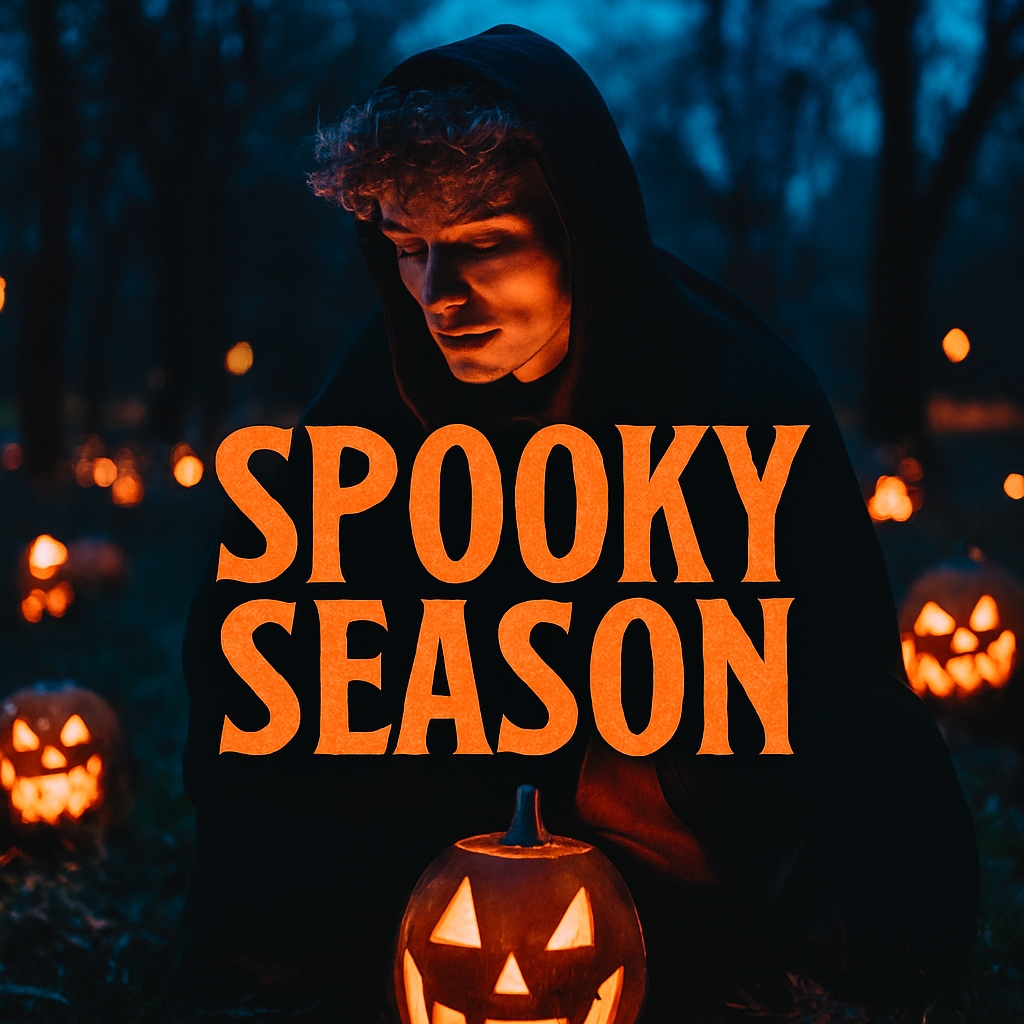
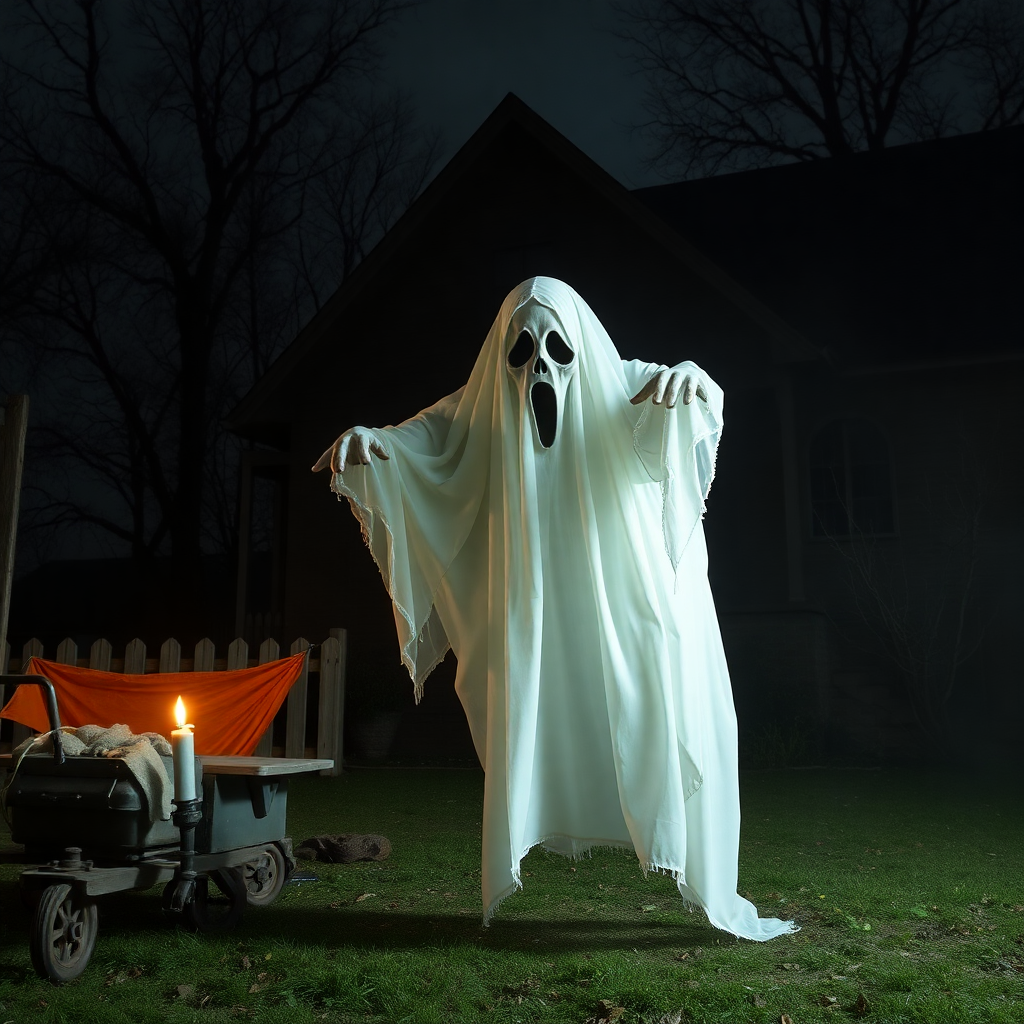
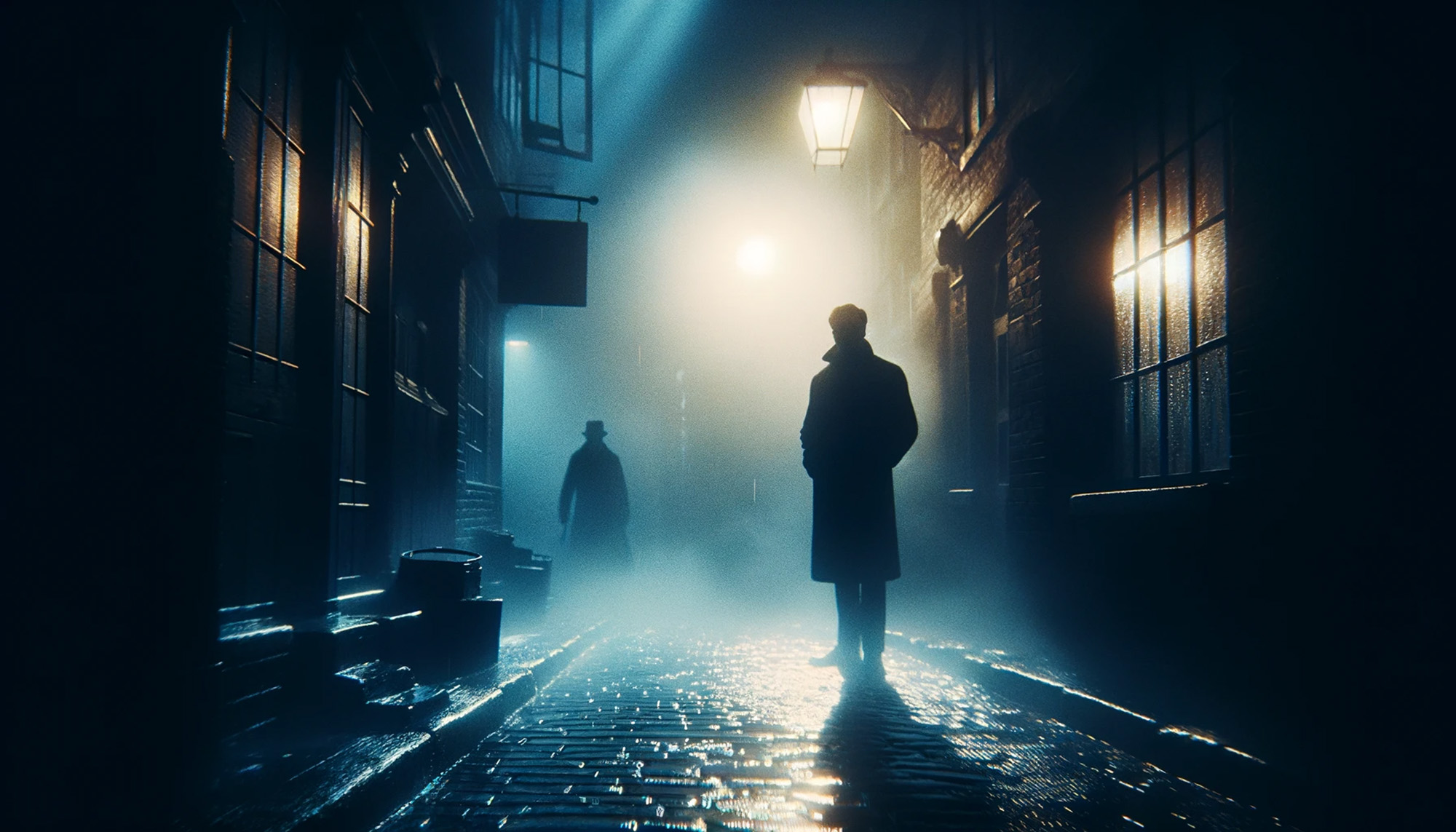
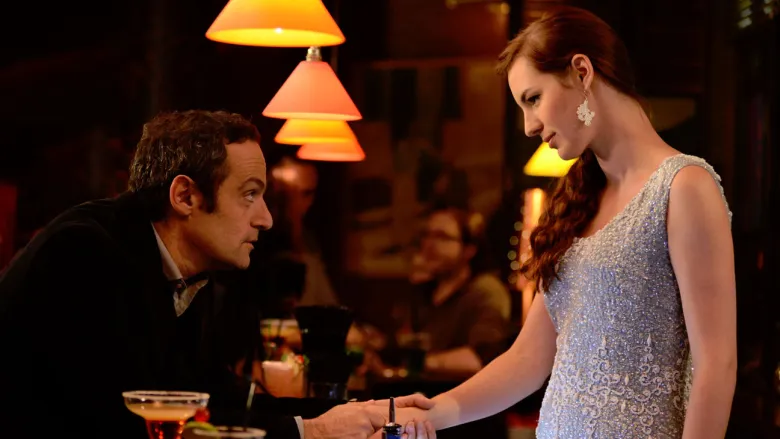

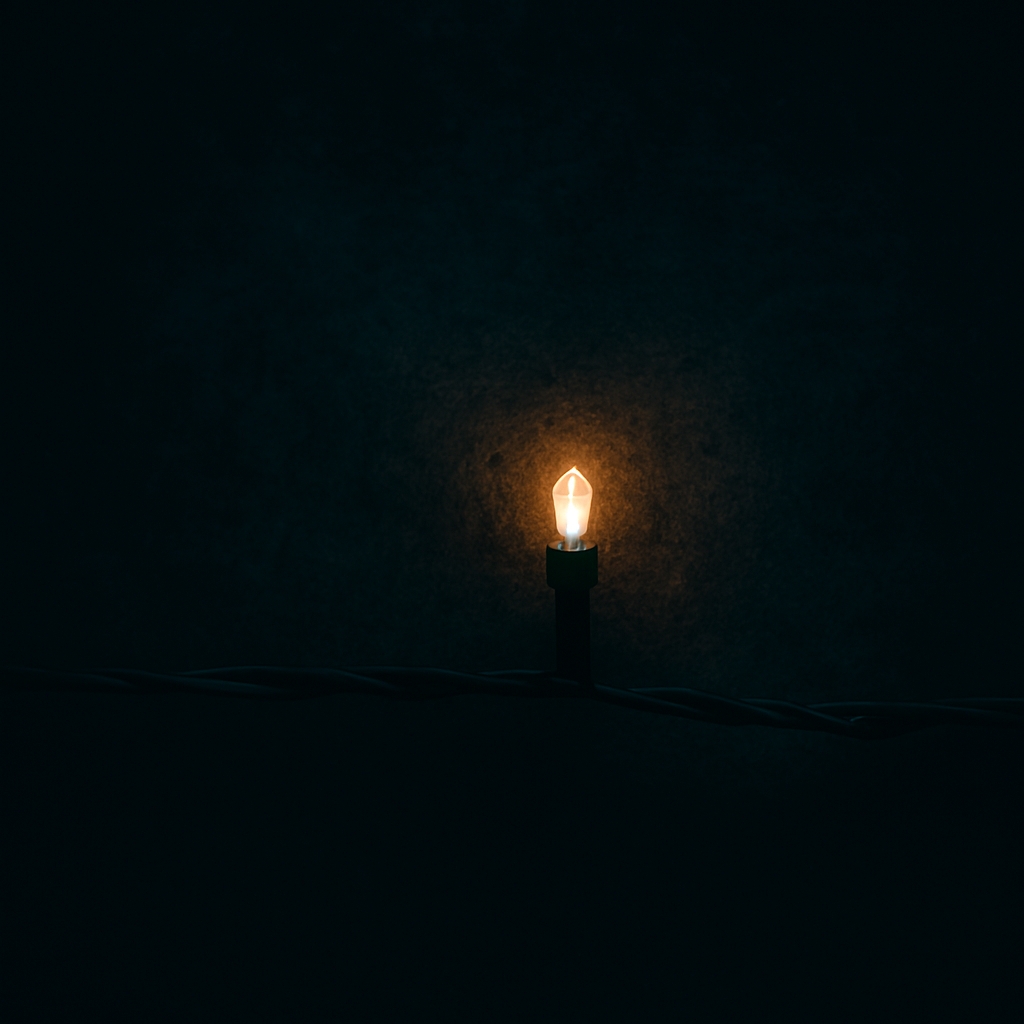
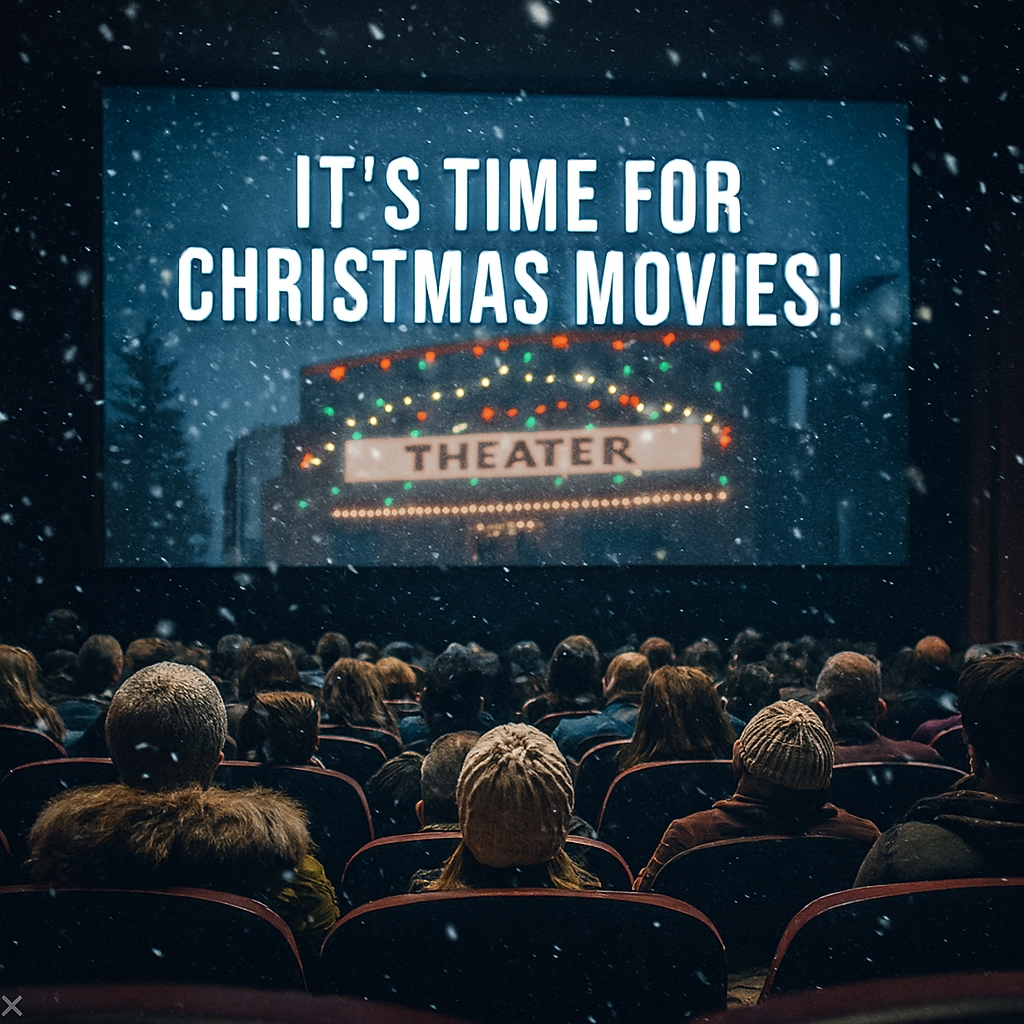


Leave a Reply